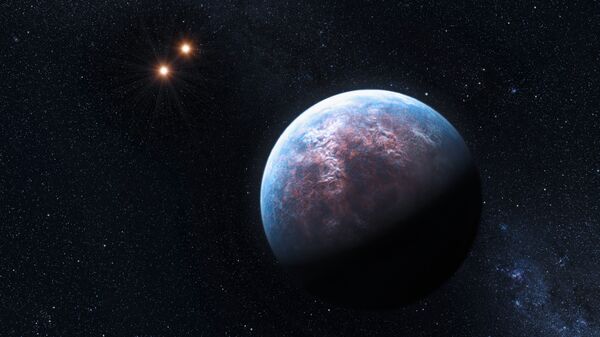According to a group of scientists at the University of Warwick and London’s Alan Turing Institute, artificial intelligence designed by them has found dozens of new exoplanets previously missed by human astronomers.
Their results have recently been published in the Monthly Notices of the Royal Astronomical Society, in which they describe how data from the Kepler space telescope and Transiting Exoplanet Survey Satellite (TESS), both operated by the US space agency NASA, contained more planets than previously realized.
The problem, the university’s news release says, is that the satellites had collected so much data that there were thousands of potential exoplanets in their findings, but examining each candidate to verify its authenticity or dismiss it as a false positive required far too much time, so they automated the process with a machine learning program.
“We hope to apply this technique to large samples of candidates from current and future missions like TESS” and the European Space Agency’s planned Planetary Transits and Oscillations of stars (PLATO) mission, Dr. David Armstrong, from the University of Warwick Department of Physics, said in the release.
“In terms of planet validation, no-one has used a machine learning technique before,” Armstrong continued. “Machine learning has been used for ranking planetary candidates but never in a probabilistic framework, which is what you need to truly validate a planet. Rather than saying which candidates are more likely to be planets, we can now say what the precise statistical likelihood is. Where there is less than a 1% chance of a candidate being a false positive, it is considered a validated planet.”
Armstrong noted that close to one-third of known planets beyond our solar system have been verified using just one method, which is far from ideal.
“Developing new methods for validation is desirable for that reason alone. But machine learning also lets us do it very quickly and prioritize candidates much faster,” he said.
“We still have to spend time training the algorithm, but once that is done it becomes much easier to apply it to future candidates. You can also incorporate new discoveries to progressively improve it. A survey like TESS is predicted to have tens of thousands of planetary candidates and it is ideal to be able to analyze them all consistently. Fast, automated systems like this that can take us all the way to validated planets in fewer steps let us do that efficiently.”
When NASA declared TESS’ primary mission to be complete earlier this year, the satellite had discovered 66 confirmed exoplanets along with 2,100 potential candidates.
Earlier this month, astronomers’ findings published in The Astronomical Journal showed how they used astrometry, or the measure of a star’s wiggle as its planet tugs on it with gravity, to detect an exoplanet orbiting the star. By contrast, observatories like Kepler spot exoplanets by looking for a star’s regular dimming as an exoplanet passes between it and the Earth.

